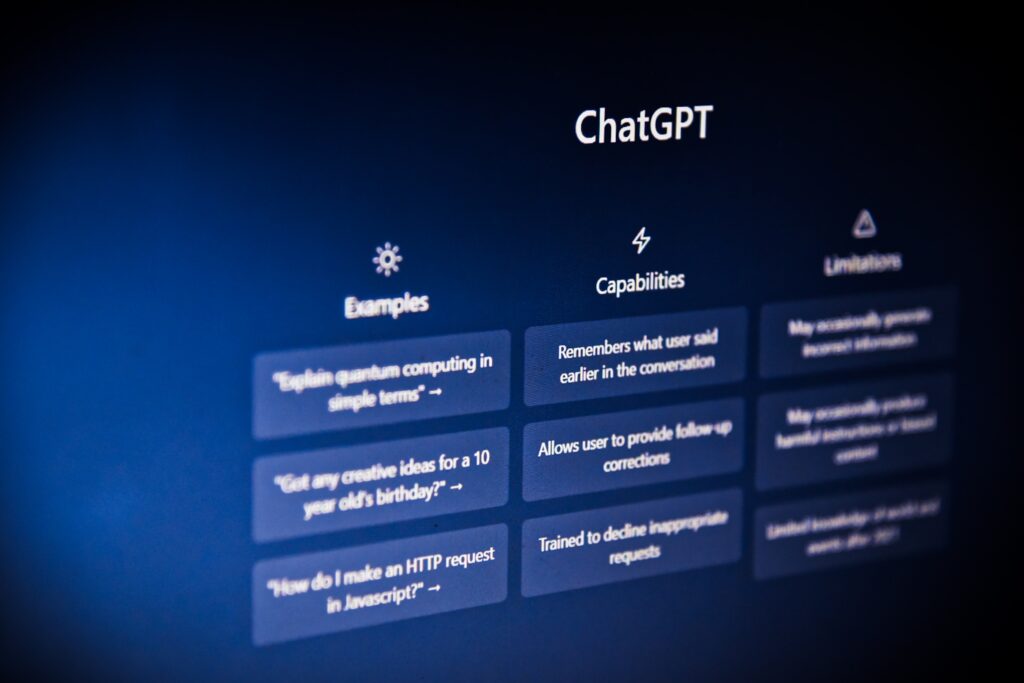What if you could write the first draft of your next communication strategy in under five minutes?
Artificial Intelligence (AI) is rapidly becoming more practical and accessible. Recent AI software from OpenAI, such as the ChatGPT chatbot and the DALL-E 2 image generator, enables text and image content to be instantly produced based on a prompt written in natural language.
Last month, OpenAI released the successor to ChatGPT (running on GPT-3), GPT-4 with major upgrades that reduced errors in reasoning and improved its compatibility with natural language. While GPT-4 still has some occasional errors, it holds the potential to boost communicators’ efficiency on written tasks that can demand a lot of time.
Upgraded AI is being incorporated into Google and Microsoft productivity software such as Docs and Word. These upgrades are set to be released to the public in the coming months, meaning that communicators may soon need to shift how they think about various work processes.
Government communicators could leverage AI to help them inform and engage citizens more efficiently.
Informing Citizens using Generative AI
Generative AI could help government communicators boost their efficiency and creativity in developing effective messaging, communication strategies, and content.
Generative AI produces text and image content based on a prompt. Google and Microsoft will enable users to draft documents or presentations in their apps with prompts like “help me write a…” or “draft a…”. This would produce a draft version which users can then command the AI to refine and edit features like the tone or the length of the text to suit their needs.
Generative AI could generate lists of ideas for messaging in a particular campaign or to generate the initial draft of large reports or strategy documents.
This would help save time and effort on writing or generating ideas, allowing communicators to focus on other important activities such as consultation and implementation. However, the feature is not intended to do the work for you; it is a tool to help you work faster. With their generative AI, Google intends to “save you the time and effort of writing that first version.”
Engaging with Citizens using AI Chatbots
One of the key responsibilities of government communicators is to conduct community consultations or stakeholder engagement with large groups of people simultaneously. However, responding to everyone quickly can be a daunting and time-consuming task.
An integration of advanced AI chatbots on government websites could help reduce the time spent on responding to public inquiries and facilitate a rapid and reliable response to citizens’ queries. The latest AI chatbot models can produce human-like language responses to prompts, which means people could interact with them as they would with a real person. AI chatbots can serve as a powerful enabler of two-way communication between citizens and government, promoting transparency and inclusivity.
The latest GPT-4 model can understand 26 natural languages. By implementing chatbots with multilingual capabilities, government communicators can increase the accessibility of government information and services for individuals who come from Culturally and Linguistically Diverse (CALD) backgrounds.
Major online education platforms, such as DuoLingo and Khan Academy, have already integrated the latest GPT-4 technology to facilitate learning. For example, DuoLingo’s AI assistant provides personalised feedback to learners and allows them to roleplay different situations. The Khan Academy chatbot enables learners to interact with the chatbot naturally and ask questions about what they are learning.
Overall, incorporating AI chatbots on government websites can enhance citizen engagement, promote transparency, and improve access to government information and services. However, despite the efficiency AI lends, it remains crucial for communicators to review the work produced by AI before anything is published.
The Mandarin has a brilliant article on the implications of GPT-4 for public servants which list more potential uses of this technology for the public service. You can find their article here.
In the next part of the blog, we will explore the reasons why the human element of communications will always remain relevant and important: How Government Communicators Could Leverage AI in Crisis Communication
If you are looking for more content for government communicators, you can listen to the GovComms Podcast where we interview experts and leaders about the future of government.
